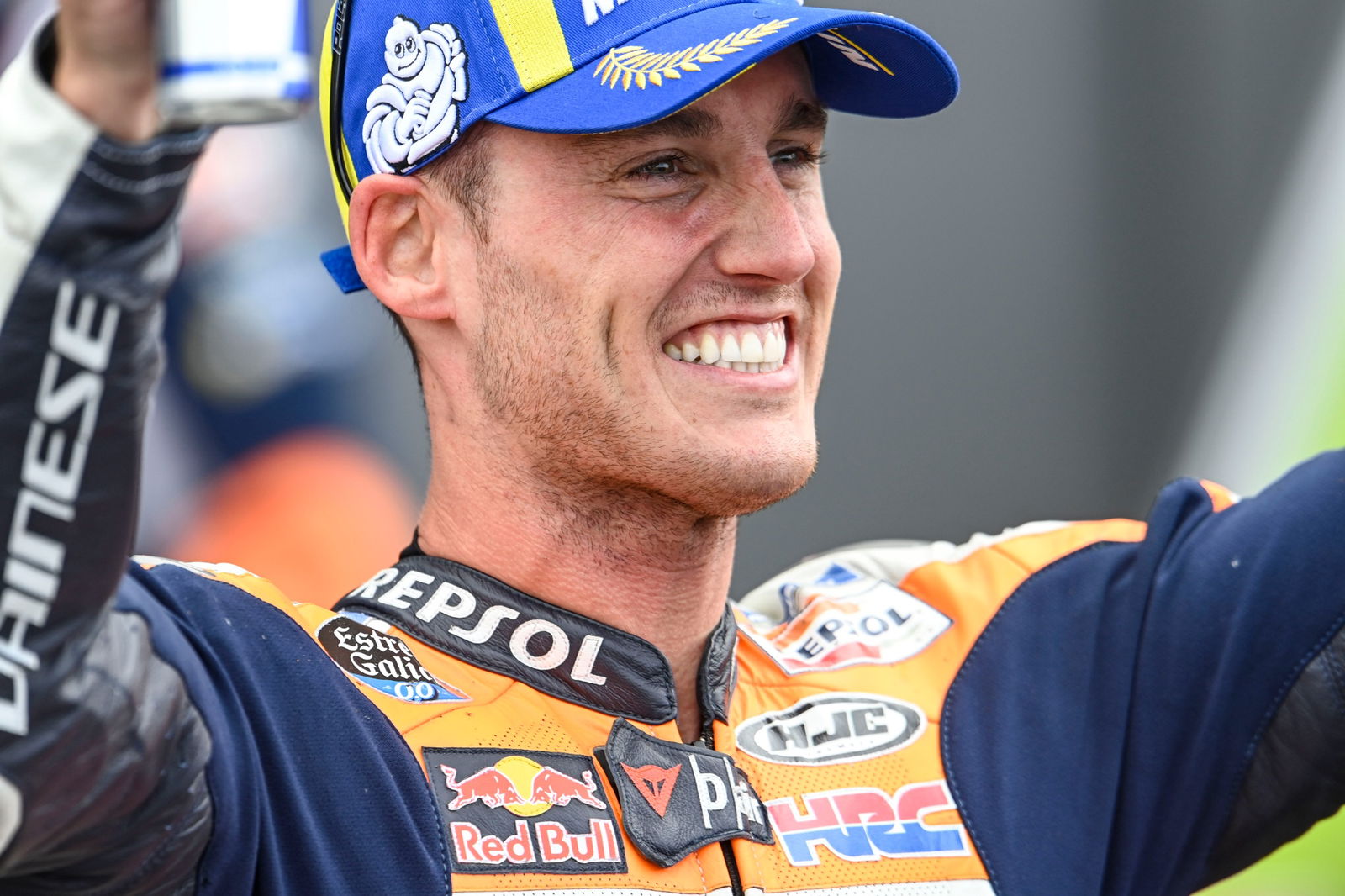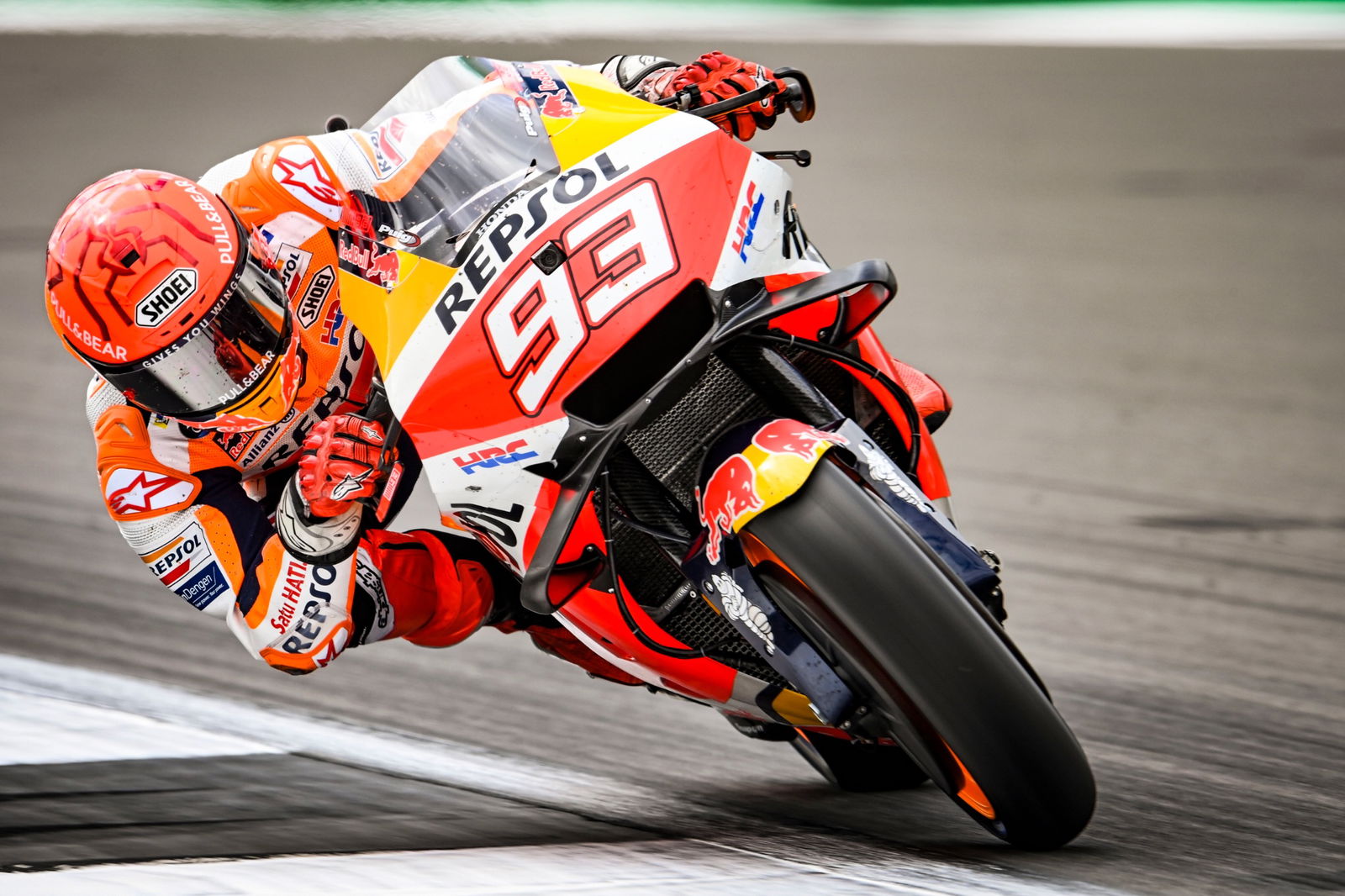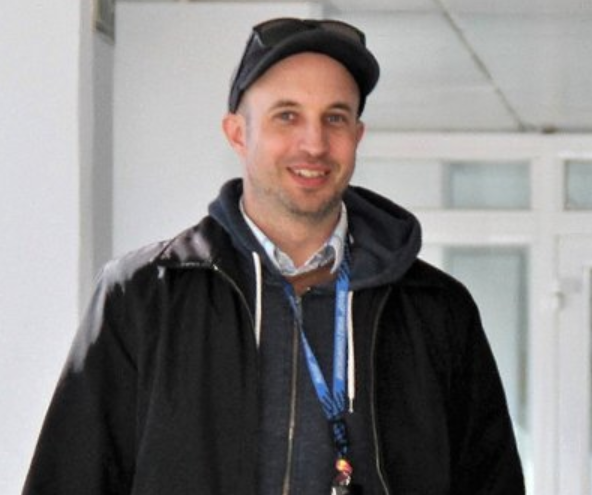Suzuki removes ride-height device at Silverstone - Ducati, Aprilia 'automatic'?

Suzuki, which became the final manufacturer to fit a rear ride-height device to its bike last time in Austria, has removed the system from the GSX- RR for this weekend's Silverstone round.
The flowing nature of the Silverstone circuit means acceleration gains from using the rear-lowering system are much smaller.
"Like I said in Austria, the device is only the first evolution and needs work," said reigning world champion Mir, who has qualified eleventh on the grid. "It needs another step. Here in Silverstone there are not a lot of points to use it. We lose more than we gain. I didn’t use it because of this.
"In Austria we had some trouble [making it work correctly] but I was still gaining something in acceleration. Here there are not a lot of hard acceleration areas.
"It’s true, if you can use it out of T6 or T10 it can give you an advantage. On the exit of T6, I lose 0.5s on a fast lap to Bagnaia! The device for sure can help with some of that time. But we don’t have it ready to use on a track like this one. I hope to have the new device [back] soon."
While there are several long straights at the British venue, the lack of hard-braking at the end of them also runs the risk of a holeshot/ride-height device failing to disengage, as happened to Jack Miller at the start of the 2019 race.
Back then, the pioneering Ducati holeshot system was still in its infancy. But fast forward two years and it's evolved into one of the few systems that is able to work consistently and reliably at Silverstone.
"We're using it," factory Ducati rider Miller confirmed.
"[In 2019] starting on the front row didn’t help. It didn’t pop back up until after the back straight. The new system for sure is a lot better developed than what we were on in 2019."
The Ducati system is now thought to be so advanced that it can lower the ride height 'automatically' on the exit of some corners, a system Aprilia is fine tuning and others are also no doubt developing.
"Aprilia did a very good job on the last weeks by developing the automatic rear device, which I used already in Austria," said Aleix Espargaro. "But here, because of the layout of the track, I was not able to use it. So I said to the guys that I want the standard one, the manual, the one that you push in every acceleration. And I used it in the straights and it's quite good."
Such automatic systems must fit within the following rules: "Adjustments to the suspension and steering damper systems may only be made by manual human inputs and mechanical/hydraulic adjusters, or passively determined by forces/displacements directly transmitted by mechanical/hydraulic connections (e.g. suspension position, load, acceleration, pitch… may be used as mechanical triggers of a passive adjustment).
"For example, according to the above, ride height systems that operate on collapsible elements that collapse/extend under the load they are subjected to, and are locked/unlocked by the rider and/or by mechanically-triggered locks are allowed."
How might an 'automatic' ride-height system work?
The words 'passively determined by forces/displacements' and 'mechanically-triggered locks' could mean that a ride-height system can deploy 'automatically' whenever a certain load is applied to the rear suspension under acceleration on the exit of a corner.
In order to select the corners where the ride height device is needed and avoid 'false' deployment in places where the suspension might get stuck in a lowered position, it's likely that the rider still pulls a lever to 'prime' the device ahead of the turn.
It's not clear if the 'automatic' element applies only to the rear, or the front suspension as well.
Either way, for most factories - with more experience of rear ride-height systems than Suzuki, but not yet at the 'automatic' level of Ducati - the anti-wheelie technology is being used less than normal this weekend.
"I don't use the [ride-height] device a lot here because of the layout of the track. We don’t gain a lot," said Petronas Yamaha's Valentino Rossi, who qualified eighth on the grid.
Meanwhile Mir, who moved up to joint second in the world championship last time in Austria, has non-mechanical issues to solve as he seeks to reduce Fabio Quartararo's 47-point advantage in Sunday's race.
"I expected more after FP3. I got really good feelings with the bike and went through to Q2 without any problems," Mir explained. "In FP4 we had some trouble with some tyres that were already used. Also some troubles with the electronics. In qualifying I still had those problems.
"It’s not something mechanical. It’s just we have to adjust the electronics. In some sectors I was really competitive. In others I was last. In some corners good, some not. It was difficult for me to make a lap time. This conditioned a lot the qualifying.
"In FP3 I was able to be strong with the race tyres, the medium tyres, and make a strong time attack. I’m not worried about tomorrow. I think we can fix it…"
Mir's team-mate and 2019 Silverstone winner Alex Rins will start just ahead of him, in tenth.


